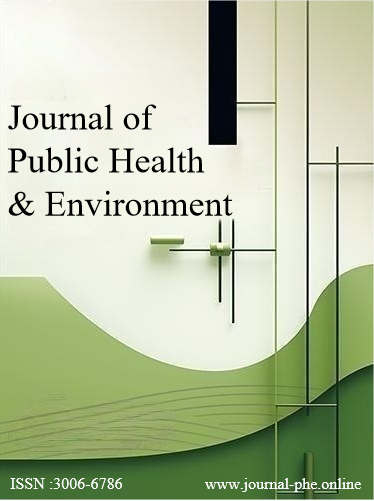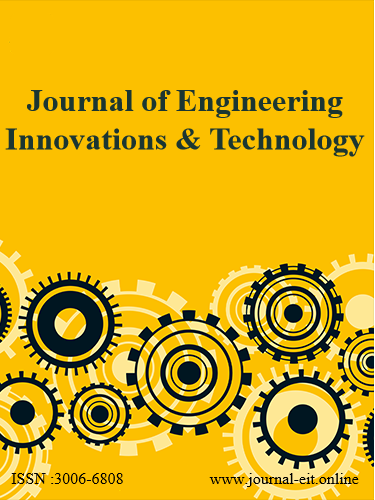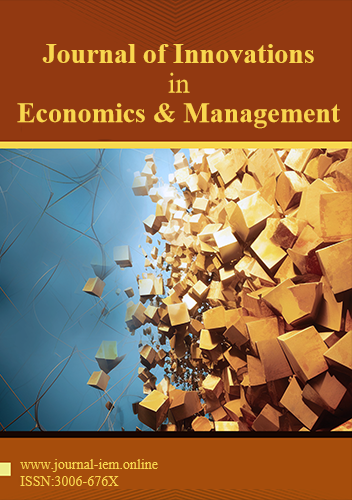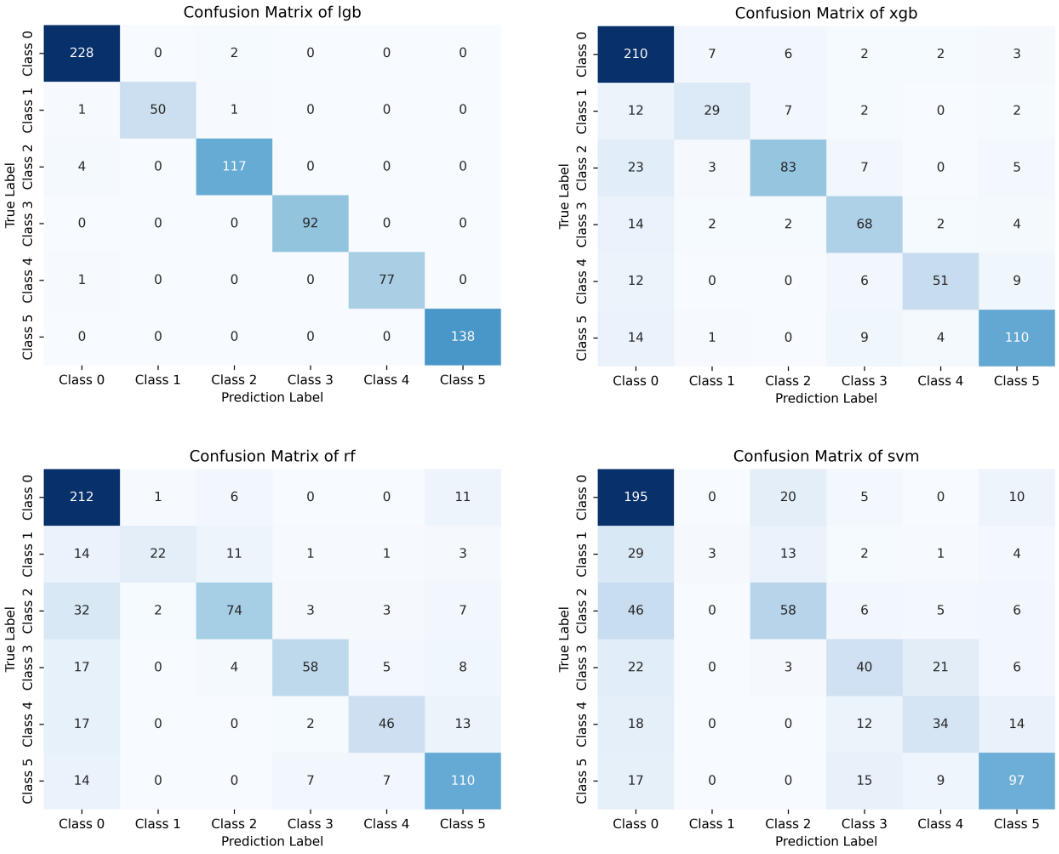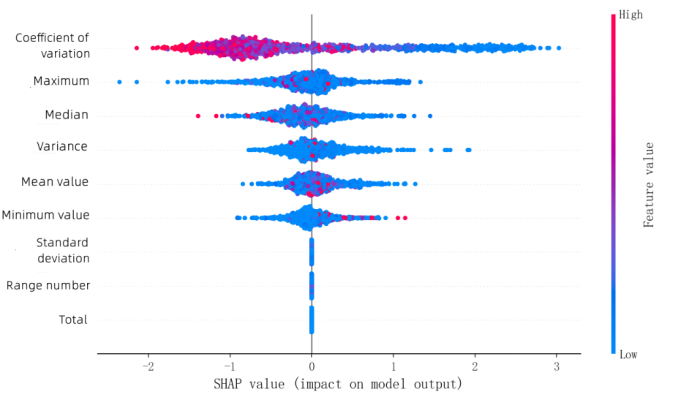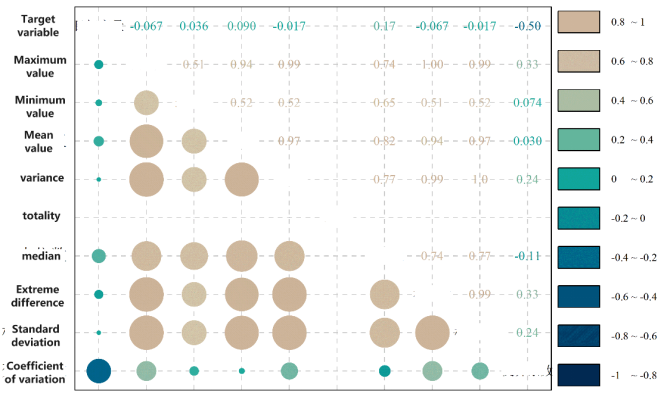 An open access journal
An open access journal
Arrhythmia recognition based on integrated learning of multi-model fusion Stacking
Abstract
Current monitoring systems employing single model algorithms face challenges in accurately recognizing and alerting real-time arrhythmic events in patients with severe cardiac conditions. To address this issue and improve the detection accuracy of electrocardiogram (ECG) monitoring systems, this paper introduces a novel arrhythmia recognition model based on Stacking ensemble learning. This model integrates multiple base learners, including LightGBM, XGBoost, Random Forest, SVM, and Logistic Regression, and optimizes them using Gradient Boosting as the meta-learner. Hyperparameters were fine-tuned through grid search, and nested cross-validation was employed to train the model, ensuring robust predictive performance. The detection results indicate that the Stacking ensemble model significantly outperforms single models in both accuracy and stability, offering substantial practical application value for clinical ECG monitoring and diagnosis.
Show Figures
Share and Cite
Article Metrics
References
- DE LUNA A B, COUMEL P, LECLERCQ J F. Ambulatory sudden cardiac death: Mechanisms of production of fatal arrhythmia on the basis of data from 157 cases. American Heart Journal, 1989, 117(1): 151-159. https://doi.org/10.1016/0002-8703(89)90670-4.
- LOWN B, WOLF M. Approaches to Sudden Death from Coronary Heart Disease. Circulation, 1971, 44(1): 130-142. https://doi.org/10.1161/01.CIR.44.1.130.
- THOMAS BIGGER J. Identification of patients at high risk for sudden cardiac death. The American Journal of Cardiology, 1984, 54(9): 3D-8D. https://doi.org/10.1016/S0002-9149(84)80277-5.
- Automated identification of shockable and non-shockable life-threatening ventricular arrhythmias using convolutional neural network. Future Generation Computer Systems, 2018, 79: 952-959. https://doi.org/10.1016/j.future.2017.08.039.
- GLIKSON M, NIELSEN J C, KRONBORG M B, Etc. 2021 ESC Guidelines on cardiac pacing and cardiac resynchronization therapy: Developed by the Task Force on cardiac pacing and cardiac resynchronization therapy of the European Society of Cardiology (ESC) With the special contribution of the European Heart Rhythm Association (EHRA). EP Europace, 2022, 24(1): 71-164. https://doi.org/10.1093/europace/euab232.
- Kumar Ashish, Tomar Harshit, Mehla Virender Kumar, et al. Stationary wavelet transform based ECGsignal denoising method. ISA Transactions, 2020, 114: 251-256. https://doi.org/10.1016/j.isatra.2020.12.029.
- Boda Somaraju, Mahadevappa Manjunatha, Dutta Pranab Kumar. A hybrid method for removal ofpower line interference and baseline wander in ECG signals using EMD and EWT. BiomedicalSignal Processing and Control, 2021, 67: 102466. https://doi.org/10.1016/j.bspc.2021. 102466.
- Patro K K, Jaya Manmadha Rao M, Jadav A, et al. Noise removal in long-term ECG signals usingEMD-Based threshold method. Data Engineering and Communication Technology. Singapore:Springer, 2021: 461-469. https://doi.org/10.1007/978-981-16-0081-4_48.
- Bakshi A, Panigrahy M, Das J K. FPGA Based Digital Filters Design to Remove Noise from ECGSignal[A]. 2021 IEEE International Symposium on Smart Electronic Systems, Jaipur :IEEE, 2021:236-239. https://doi.org/10.1109/iSES52644.2021.00061.
- Liu W, Du Y. An Improved ECG Denoising Algorithm Based on Wavelet-scale Correlation Coefficients[A]. 2021 IEEE 15th International Conference on Anti-counterfeiting, Security, and Identification (ASID)[C], Xiamen: IEEE, 2021: 53-56. https://doi.org/10.1109/ASID52932.2021.9651689.

